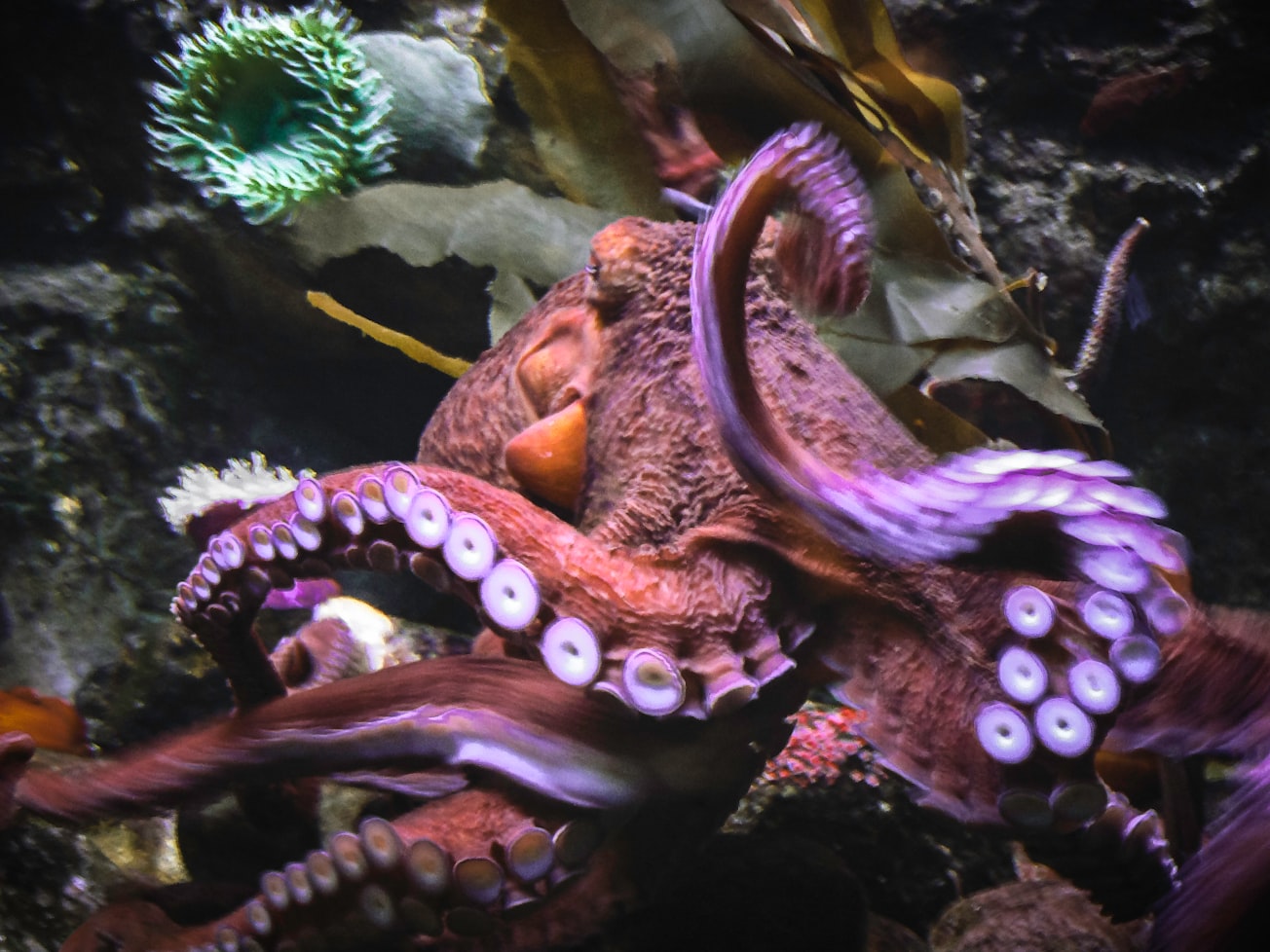What is it about?
Robotic arms are engineered using origami folds and magnetic fields to replicate the stretching, folding, bending, and twisting functions of octopus arms. The authors employed magnetic actuation of the Kresling origami units and programmed the magnetic field to expand, contract, bend, or twist the assembly.
Featured Image

Photo by K. Mitch Hodge on Unsplash
Why is it important?
The octopus quickly reconfigures its arms to perform highly integrated tasks, such as swimming, walking, and preying. Inspired by such a soft-bodied cephalopod biosystem, we engineer compliant origami robotic arms to achieve multimodal deformations that integrate stretching, folding, omnidirectional bending, and twisting for functions such as grasping and lifting objects by means of precise magnetic actuation. The remote magnetic field control allows distributed actuation of the multiple degree-of-freedom robotic system for complex motions to achieve the aforementioned shape-changing capabilities and functionalities. Origami robotic arms with untethered control are applicable to biomedical devices and morphing mechanisms in environments with limited access.
Read the Original
This page is a summary of: Stretchable origami robotic arm with omnidirectional bending and twisting, Proceedings of the National Academy of Sciences, August 2021, Proceedings of the National Academy of Sciences,
DOI: 10.1073/pnas.2110023118.
You can read the full text:
Contributors
The following have contributed to this page







